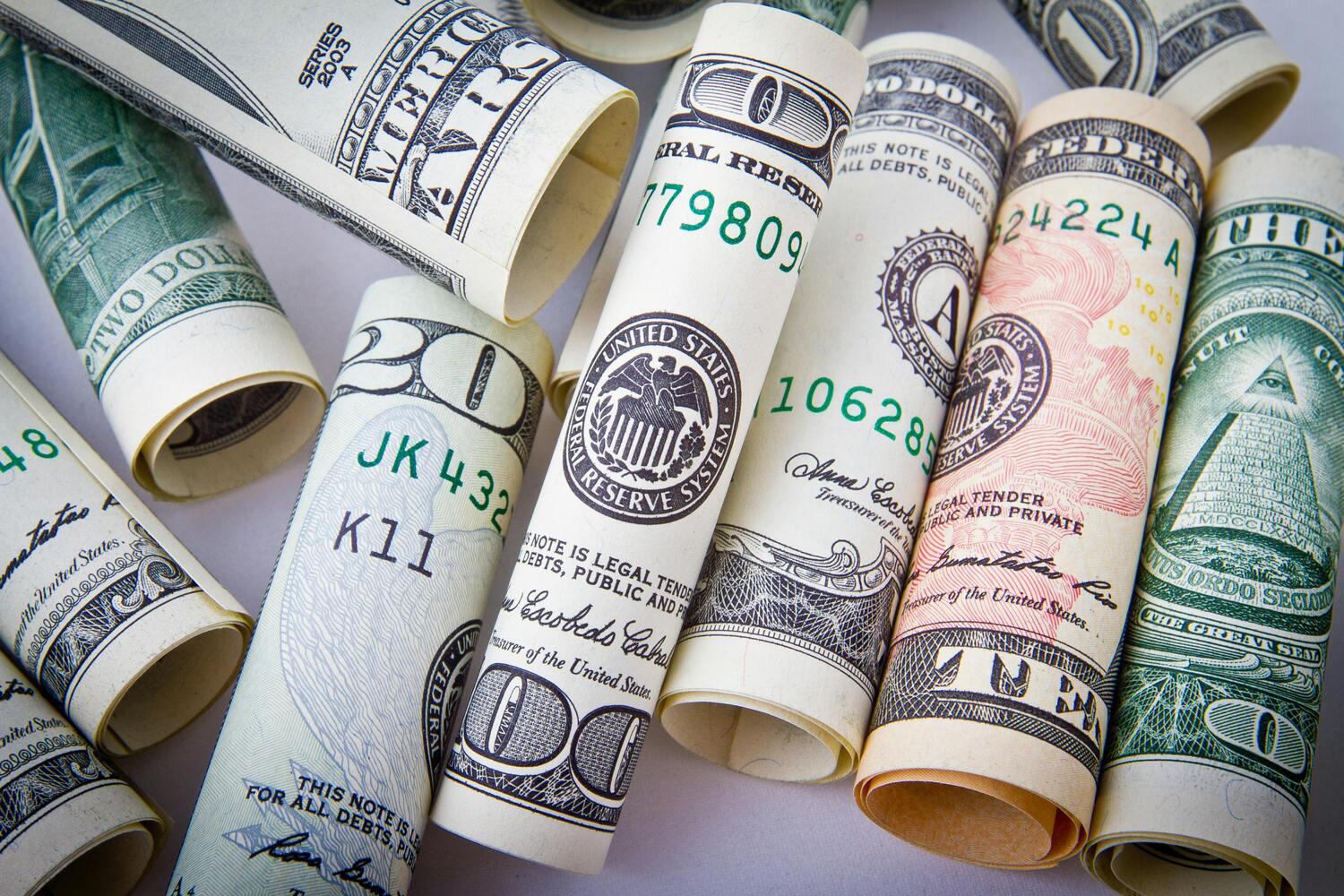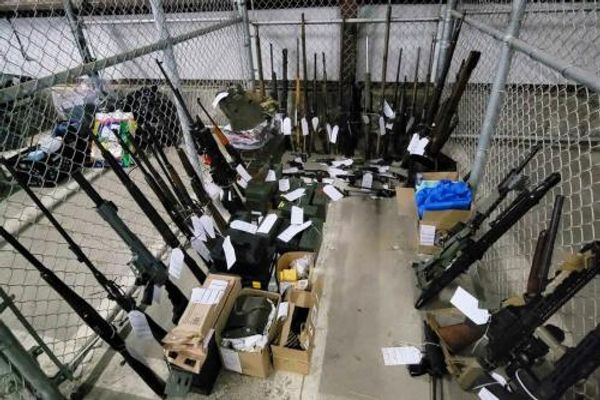
We tend to think of the rich as invincible. They have the houses, the cars, the vacations, the designer clothes, and we assume that kind of life comes with security, stability, and peace of mind. But look closer, and the picture isn’t always so perfect.
In fact, some of the richest people you know are quietly living paycheck to paycheck, juggling massive debts, and panicking over their next financial move. They’re not broke in the traditional sense, but they’re far from financially free. They’re living on the edge, and they don’t want anyone to know it. Here’s why more high-earners than ever are secretly walking a financial tightrope.
Being Rich Doesn’t Mean Financial Security
Lifestyle Inflation: The Quiet Thief of Wealth
As income rises, so do expenses, but they often rise faster. This phenomenon, known as lifestyle inflation, is one of the biggest reasons people who earn six or even seven figures still feel like they’re drowning. The moment that raises hits the account, it’s already spoken for: a bigger mortgage, luxury car payments, private schools, weekend getaways, and expensive hobbies.
For many high earners, there’s no margin left to save or invest meaningfully. They’ve trapped themselves in a lifestyle they have to constantly work to maintain. One job loss, market crash, or health emergency, and the whole thing can unravel.
Keeping Up With the Elite: The Pressure to Perform
Once you enter a certain income bracket, the social expectations change. Your peers may expect you to belong to the same country club, send your kids to the same prep school, or drive a car that reflects your “success.” The pressure to maintain that image isn’t just financial. It’s psychological.
For some, keeping up appearances means spending money they don’t have, leveraging credit, or dipping into savings just to keep the facade alive. It’s not just about fitting in; it’s about not being found out. That fear drives many high-income earners to live right on the edge of what they can afford.
Debt Disguised as Wealth
From the outside, it might look like someone has it all. But what you’re often seeing is financed wealth. That stunning home? Mortgaged to the max. The luxury SUV? Leased with balloon payments. The investment property? Owned on credit and cash-flow negative.
Many high-income individuals are using debt to finance a lifestyle they can’t actually sustain in the long term. They justify it with their income—“I can afford the payments”—but not the principle. Eventually, the interest, the obligations, and the mental toll add up. Wealth built on borrowed money is fragile, no matter how good it looks from the outside.
Lack of Liquidity: All Assets, No Cash
Another surprising issue among the wealthy is the lack of liquidity. Their net worth might be high, but their cash flow is tight. Assets are tied up in property, businesses, or long-term investments, leaving them cash-poor when real emergencies arise.
When that happens, they may be forced to sell investments prematurely, borrow against their assets, or even take out personal loans just to cover short-term expenses. Being rich on paper doesn’t always translate to financial security in practice.

High Earners Often Ignore the Basics
Ironically, many people who make a lot of money skip the foundational rules of personal finance. They don’t track spending because they assume they earn enough to be fine. They don’t budget because they think budgeting is for poor people. They don’t build emergency funds because they expect their income to always be there.
But when those assumptions fail—when an industry shifts, a business closes, or a family crisis hits—there’s no cushion. And suddenly, all that wealth feels very unstable.
Undiagnosed Financial Stress
You may not see it on the surface, but the richest people you know may be lying awake at night with financial anxiety. The stress of maintaining an expensive lifestyle, funding multiple obligations, or hiding debt from family members can lead to sleepless nights, relationship breakdowns, and even health issues.
And because society expects them to be “fine,” there’s often shame in admitting financial instability. That shame keeps them silent—and stuck.
The False Security of High Income
A big paycheck can create the illusion of safety. But income isn’t wealth. And it certainly isn’t freedom. If that income dries up or slows down, the consequences are often swift and brutal, especially for those who’ve scaled their lifestyle to match (or exceed) every raise. True wealth is about what you keep, not what you earn. It’s about having options, control, and time—not just expensive things.
Why Financial Planning Isn’t Just for the Poor or Middle Class
One of the biggest myths about financial planning is that it’s only necessary when you’re trying to get by. But in reality, high-income earners need financial planning more than most. Without a clear plan, even massive income can slip through your fingers. Tax strategies, investment diversification, insurance, and risk management aren’t just optional. They’re essential for protecting what’s already been built. Without them, high earners are vulnerable to the same financial disasters they think they’re immune to.
When Image Becomes a Liability
In some cases, the wealthiest-looking individuals are living for the image, not their actual goals. They’re so focused on looking successful that they never stop to define what success actually means to them. This obsession with appearances can drive people into financial decisions they’d never make if they weren’t trying to impress or appease others.
That’s when money becomes a trap, not a tool. And it’s a trap many never escape because they’re too afraid of what people might say if they scaled back.
What Real Financial Freedom Looks Like
It’s not flashy. It’s not loud. And often, it’s not visible from the outside. Real financial freedom means having enough saved to cover emergencies, investments that grow quietly in the background, and a lifestyle that doesn’t demand every dollar you make.
It means saying no when something doesn’t serve you, regardless of what it looks like on Instagram. And it means being able to walk away from toxic jobs, unhealthy relationships, or bad business deals without your world crumbling. That’s the kind of wealth that truly matters, and it doesn’t always look rich.
Have you ever looked successful on the outside while struggling financially behind the scenes?
Read More:
6 Financial Habits Poor People Learn for Survival That the Rich Never Understand







